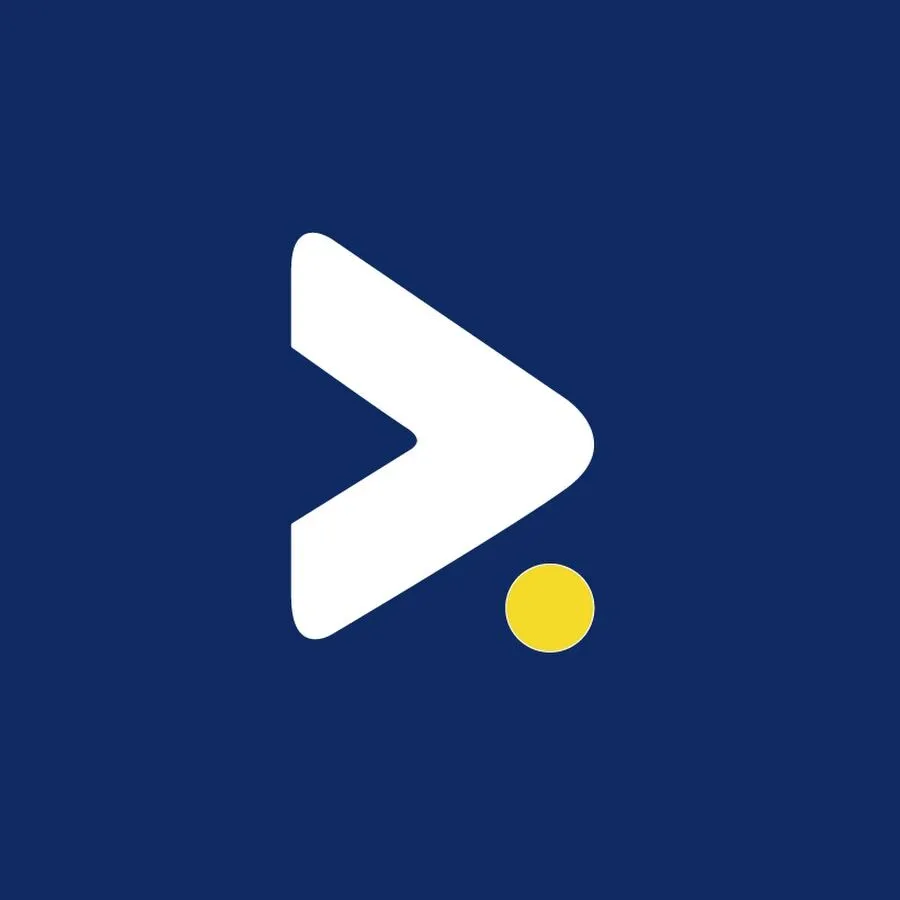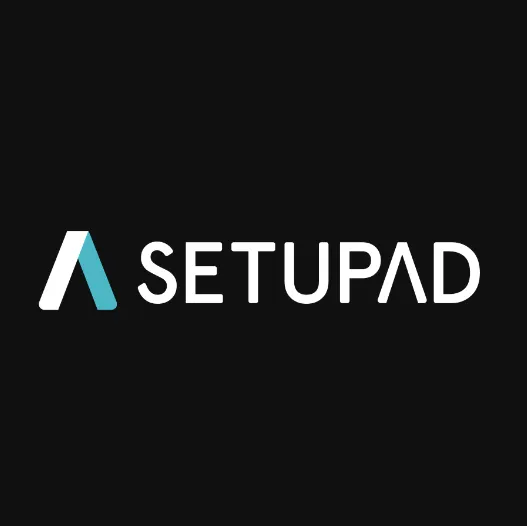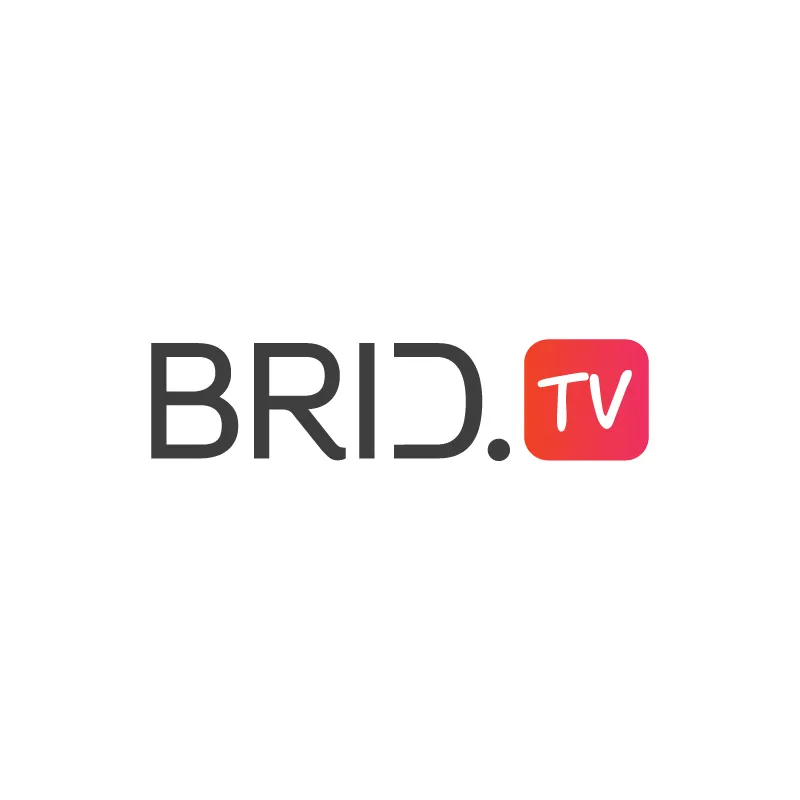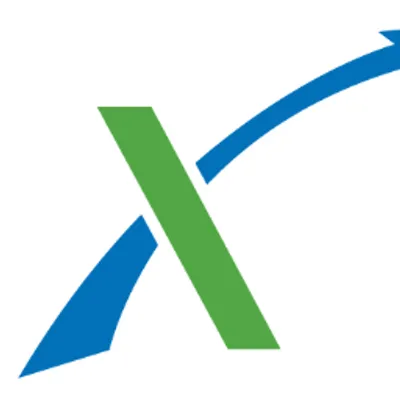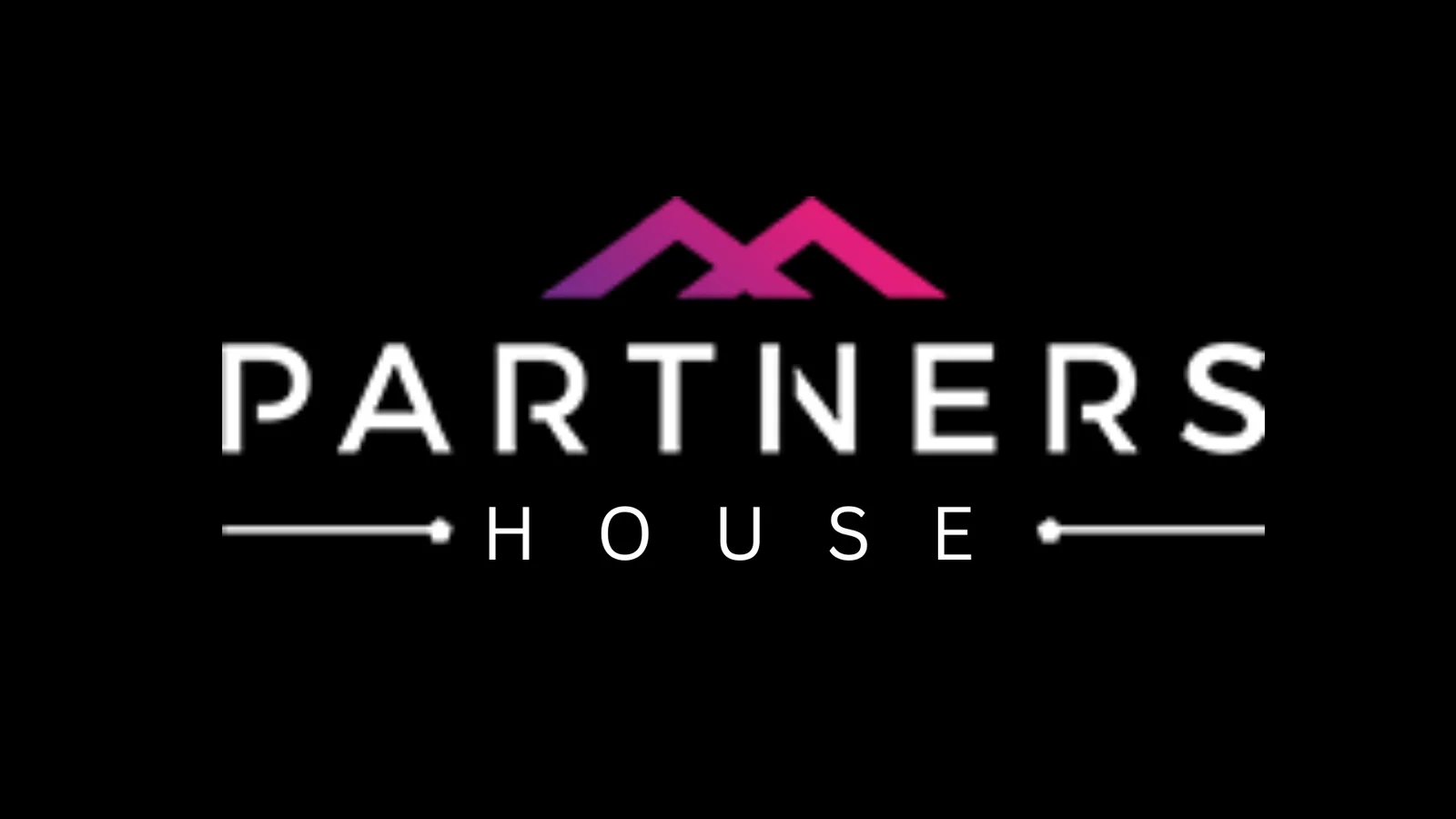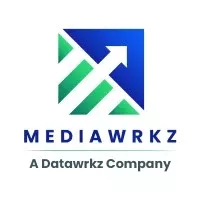Best Header Bidding Partners for Publishers
Header bidding partners are programmatic ad platforms that play a crucial role in optimizing ad revenue for publishers by allowing multiple advertisers to simultaneously bid on each ad impression, leading to increased competition and higher revenues. On average, publishers see a 20-30% uplift in their CPM rates due to the competitive bidding environment created by header bidding. Major players in this space include AppNexus, Amazon A9, Index Exchange, and Rubicon, among others.
Implementing header bidding involves using either client-side or server-side methods. Client-side header bidding (CSHB) directly connects the browser to various ad exchanges, resulting in potential page load delays. In contrast, server-side header bidding (SSHB) reduces this latency by handling the bidding process on a dedicated server, enhancing user experience but adding technical complexity and potential transparency issues. You will eventually also need to use header bidding wrapper which is a solution to manage multiple header bidding partners in a unified way.
Overall, around 70% of major publishers now use header bidding to enhance their programmatic sales processes, significantly boosting their ad revenue by leveraging this advanced bidding strategy.
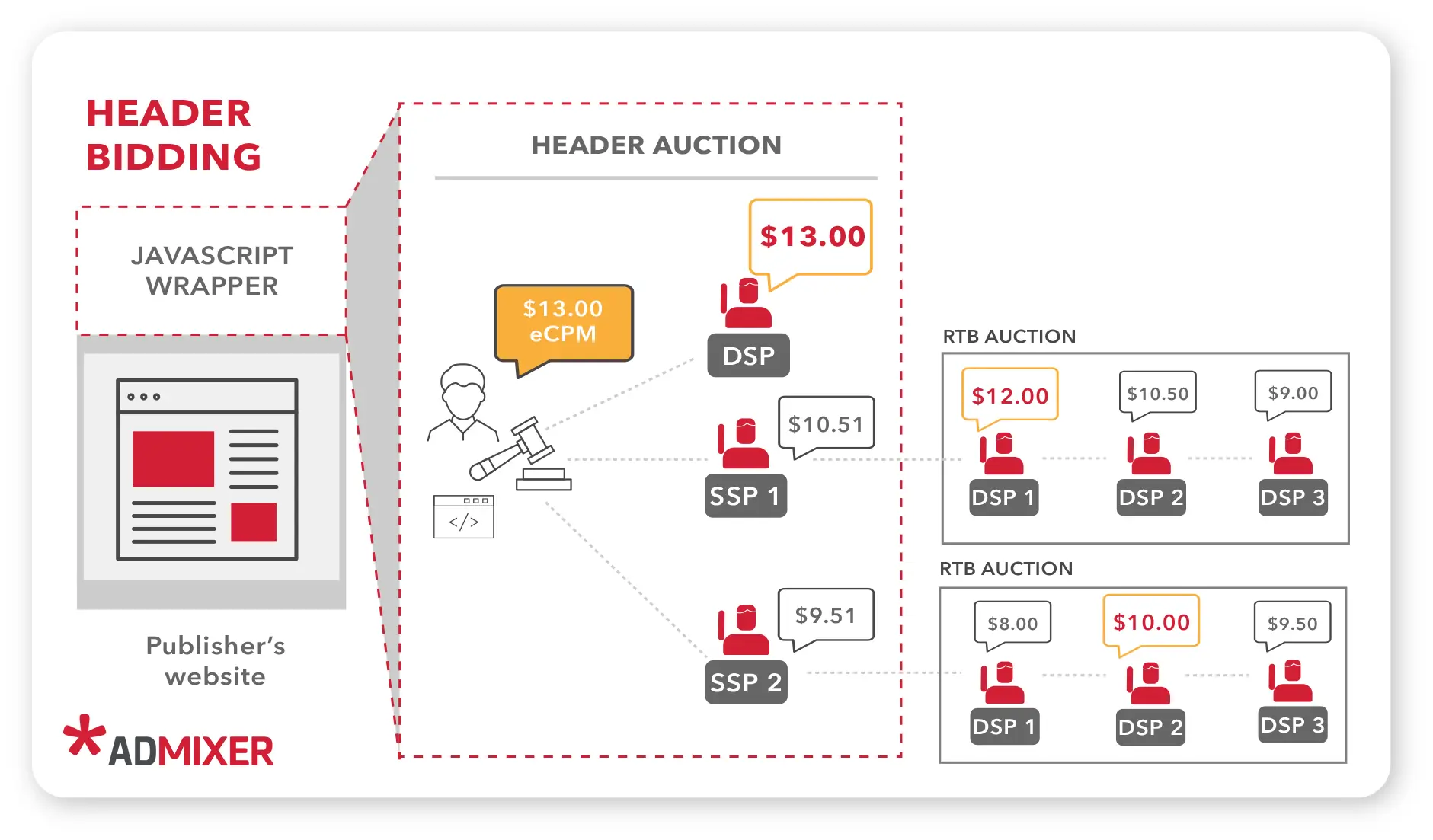
Benefits of Header Bidding Solutions for Publishers
Header bidding solutions offer several benefits for publishers, including:
-
Boosted Revenue: Header bidding can significantly increase publishers ad revenue by up to 80% compared to traditional methods, providing a substantial financial boost.
-
Enhanced Competition: Multiple demand partners bid on every impression, resulting in higher competition, increased bid prices, and maximized earnings for publishers.
-
Greater Transparency: Header bidding offers unparalleled transparency, allowing publishers to see the true value of their ad space and optimize their ad stacks more effectively.
-
Improved Fill Rates: By enabling simultaneous bids from various SSPs, header bidding ensures higher fill rates, meaning more ad impressions are sold and monetized.
-
Reduced Latency: Modern header bidding solutions minimize the impact on website loading speed, offering a smoother user experience and retaining more visitors.
-
Advanced Analytics: Publishers gain access to detailed bid-level data, empowering them to make informed decisions and refine their monetization strategies for better outcomes.
Header bidding not only maximizes revenue but also enhances the overall efficiency and effectiveness of ad monetization. Publishers looking to stay competitive and profitable should consider integrating header bidding solutions into their digital strategy.
Admixer is a global AdTech vendor that provides digital advertising products and services for publishers, brands, and advertising agencies.
For web publishers, Clickio provides an all-in-one technological solution that combines a cutting-edge, AI-powered ad platform with integrated compliance, site performance, and analytics capabilities.
Automatad's advanced header bidding solution helps publishers receive bids directly from the demand partners who are not currently bidding for their inventory, resulting in higher revenue. The switch from selling ad inventory via one demand source to using header bidding can increase ad revenue by up to 65%.
ReklamUp is a global Google MCM partner specializing in Google AdX and Google Ad Manager services. They focus on increasing the revenue of mobile apps and games by utilizing various ad models, including banners, native ads, video, interstitials, rewarded videos, outstream, in-read, in-app, and display ads. As a Google Ad Exchange (AdX) and Ad Manager partner, ReklamUp offers comprehensive solutions for managing and optimizing ad inventory.
OPS.co is a leading platform for publishers, offering the Publishers Exchange, which facilitates seamless collaboration and innovation in digital publishing. Their services include cutting-edge tools and resources designed to enhance publishing efficiency and reach.
Focused on publishers, Streamlyn media provides various programmatic monetization products and services. Using the solution, publishers can increase their ad revenue with their header bidding, contextual video content, innovative ad formats, audio content and more.
How to Choose the Best Header Bidding Solutions for Publishers?
Selecting the best header bidding solution can be challenging due to the plethora of options available in the market. Here are key factors to consider to make an informed choice:
-
Ease of Use: Opt for a solution with a user-friendly interface that simplifies setup and management of your ad inventory. This ensures you can easily navigate and access performance reports without a steep learning curve.
-
Integration with Existing Ad Tech Stack: Ensure the solution integrates seamlessly with your current ad tech stack, including your website CMS, ad server, and other tools. Compatibility is crucial to maintain smooth operations and enhance overall efficiency.
-
Support for Multiple Demand Sources: Choose a solution that supports various demand sources such as ad exchanges, SSPs, and DSPs. This broad access to advertisers maximizes revenue potential by increasing competition for your ad inventory.
-
Reporting and Analytics Capabilities: Look for robust reporting and analytics features that allow you to monitor performance closely. Detailed insights help you make data-driven decisions to optimize your ad strategies and boost revenue.
-
Customer Support: Reliable and responsive customer support is essential. Ensure the vendor provides accessible support to address any issues or queries promptly, ensuring minimal disruption to your ad operations.
-
Cost: Consider the total cost of the solution, including upfront fees, maintenance costs, and revenue share agreements. Select a solution that fits your budget while offering a favorable return on investment.
-
Reputation and Track Record: Research the reputation and track record of the solution provider. Look for reviews and case studies from other publishers to ensure the provider has a history of success and reliability.
Choosing the right header bidding solution can significantly impact your ad revenue and operational efficiency. By focusing on these critical factors, publishers can select a solution that not only fits their needs but also drives optimal performance and growth.
Header Bidding CPM Rates
Header bidding CPM (Cost Per Mille) rates can vary significantly depending on various factors, including the website or app, the header bidding setup, the demand from advertisers, and the niche of the content. Header bidding is an advanced advertising technique that allows publishers to offer ad inventory to multiple demand sources simultaneously, increasing competition and potentially driving up CPM rates. Header bidding CPM rates range widely, from a few cents to several dollars or more per 1,000 ad impressions. They are usually $3 to $8 for tier one traffic, $0.50 to $2 for tier 2, and $0.20 to $0.75 for tier 3 traffic. However, it's crucial to understand there are several factors that influence header bidding CPM rates:
- Website or App Quality: High-quality websites or apps with engaging content and a loyal user base tend to attract more demand from advertisers, leading to higher CPM rates.
- Ad Network and Demand Partners: The choice of ad networks and demand partners in your header bidding setup can greatly affect CPM rates. Some partners may have higher-paying advertisers or specialize in specific niches.
- Niche or Vertical: The specific content or niche of your website or app can impact CPM rates. Niche sites may command higher rates, as advertisers are willing to pay more to reach a targeted audience.
- Ad Placement and Format: The placement of ad units and the ad formats used can influence CPM rates. For example, above-the-fold placements often yield higher rates than below-the-fold placements.
- Audience Demographics: The demographics of your audience play a significant role. Advertisers may pay more for ads shown to users with specific characteristics or from certain geographic locations.
- Competition: The number of demand partners in your header bidding setup and the competitiveness of your niche can affect CPM rates. More competition among advertisers usually leads to higher rates.
In conclusion, Partnering with top header bidding networks can significantly enhance a publisher's ad revenue by increasing competition and ensuring fair market value for ad inventory. For example, Amazon is used by 71% of websites due to its extensive demand and streamlined bidding process, while Index Exchange, utilized by 62% of publishers, offers access to premium global demand and multiple ad formats. Additionally, Magnite, used by 53% of publishers, provides robust reporting and user-friendly features. By integrating multiple partners, publishers can maximize their CPMs and overall yield, ensuring comprehensive demand coverage and increased profitability
Header Bidding Solution Partners FAQs
Our Editors’ Pick:
Browse these amazing publisher monetization tools handpicked by our team of editors
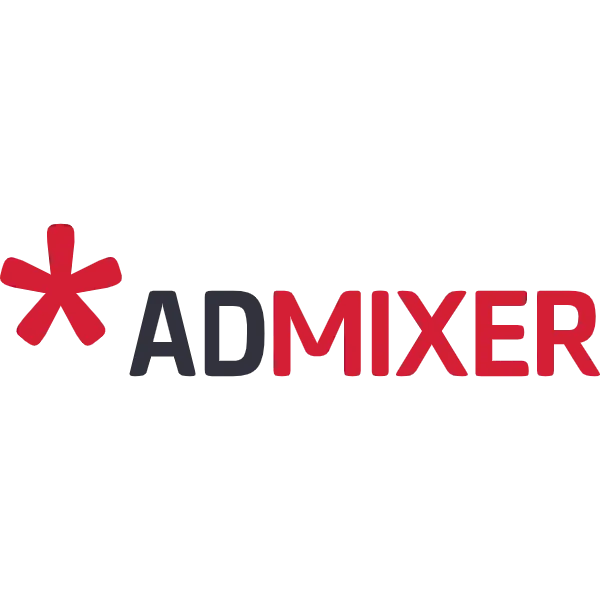
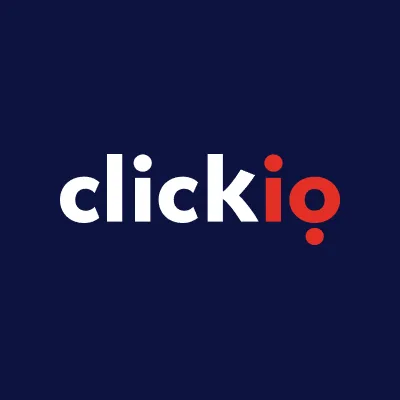
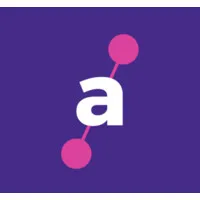
.webp)


